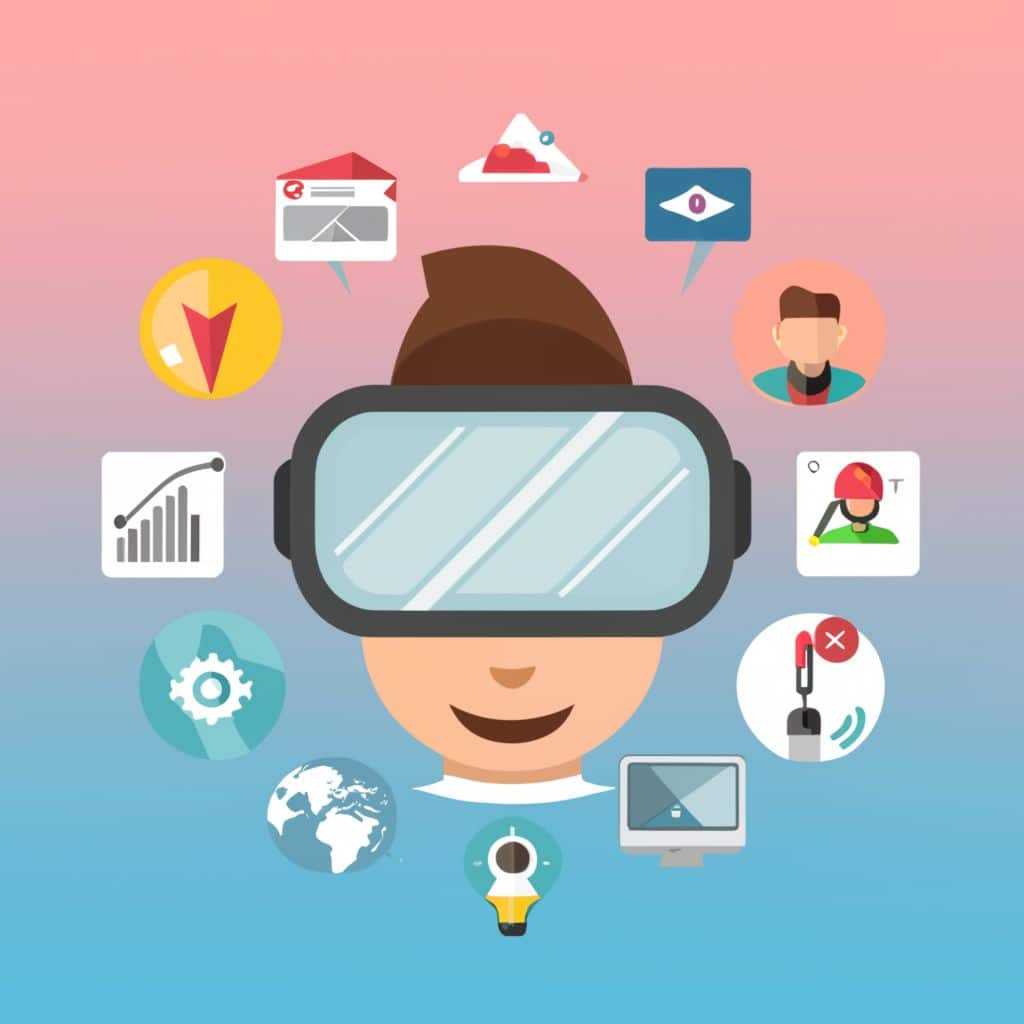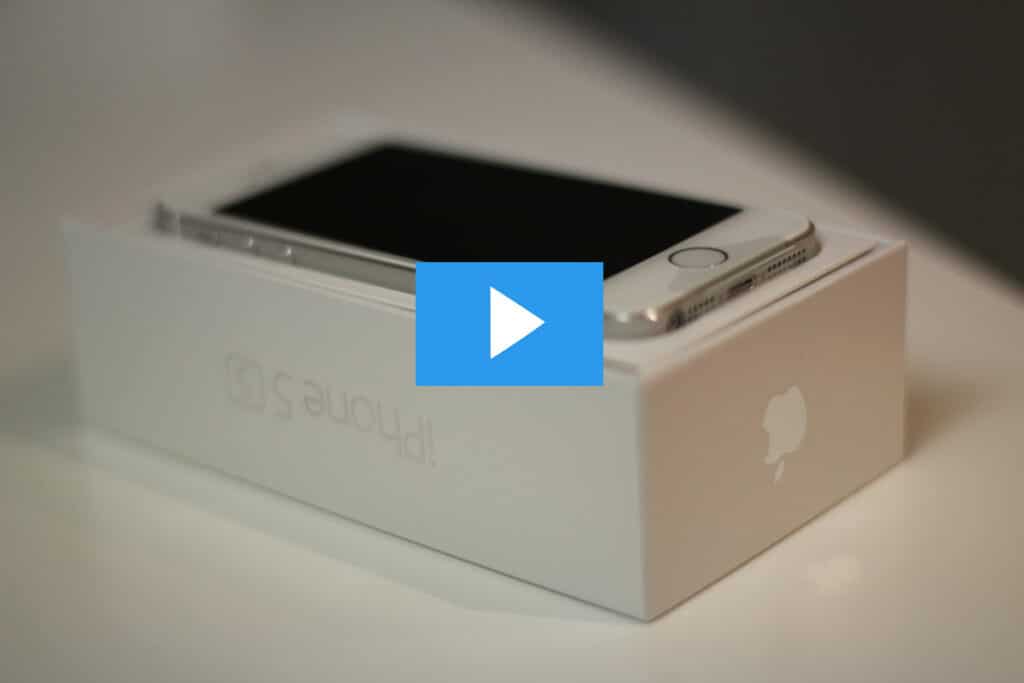Online shopping has gained popularity among consumers for its efficiency and convenience, and it’s seeing major growth: e-commerce sales in North America are expected to grow from $349.20 bn in 2015 by 14.4% to reach a total of $399.48 bn in 2016 (The Centre for Retail Research). To get a piece of the pie, e-commerce businesses are in a constant race to stand out, attract shoppers, win their hearts and entice them to purchase.
However, the inability to touch products during the purchase decision-making process is still one of the major shortcomings of online shopping and a challenge for online retailers. Shopping is a multi-sensory experience and the shopper’s perception of a product is strongly influenced by the tactile and sensory experience. This applies in particular to high-involvement product categories such as clothes and accessories, furniture and cars or travel.
Over the years, online stores have invested into increasing the number and the quality of available product images. Later, 360° view technology came in to tackle the challenge and provide shoppers with product images from different angles and many alternate views. Now, Virtual Reality (VR) and Augmented Reality (AR) technologies promise to solve the issue once and for all by adding a touch-and-feel factor to online shopping experience.
According to Digi-Capital, Augmented/Virtual Reality revenue will hit $120 billion by 2020 and 63 percent of customers expect virtual reality to change the way they shop (WalkerSands study).
Augmented and Virtual Reality Examples
Augmented Reality technology has already been used in several innovative apps for e-commerce.
- Apple’s App allowed customers to “try on” an Apple Watch, see the device from different angles, and flip between wristbands of different sizes and colors. It is not available anymore, but its launch has stirred a lot of excitement in the market.
- Since 2014, Ikea has been producing catalog apps with selected pieces of furniture available for preview in users real life environment.
- DeBeer’s Forevermark collection app allowed customers to “virtually try on” jewelry items using their webcam.
As for Virtual Reality:
- Holoroom space has been installed in Lowe’s (chain of home renovation and appliances) in its 19 US stores allowing its customers to see a 3D model of their planned renovation using Virtual Reality technologies including Oculus Rift or Google Cardboard.
- eBay’s Virtual Reality Department Store app already allows to enter Australia’s largest department store Myer’s virtual store with a complete 3D experience using a simple cardboard headset.
More applications are expected to follow shortly. And although the companies that have already launched VR or AR apps have not come out with sales statistics, the excitement and ability to experience items virtually will certainly assist in boosting sales.
See the infographic to learn about the differences between VR and AR technologies, what consumers think about it, and the impact they will have on the future shopping experience.





